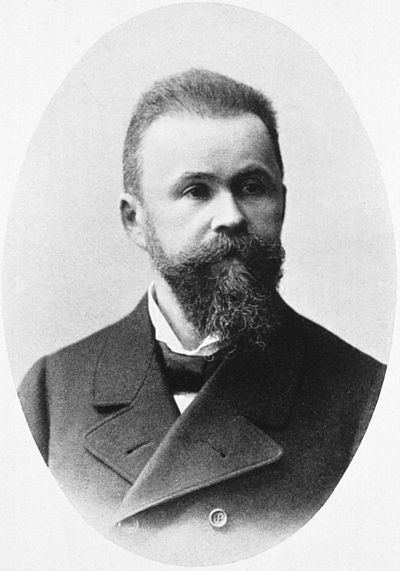Name Heinrich Lissauer | Parents Abraham Lissauer | |
 | ||
Heinrich Lissauer (September 12, 1861 – September 21, 1891) was a German neurologist born in Neidenburg (today Nidzica, Poland). He was the son of archaeologist Abraham Lissauer (1832-1908).
He studied at the Universities of Heidelberg, Berlin and Leipzig. He was a neurologist at the psychiatric hospital in Breslau, and was a one-time assistant to Carl Wernicke.
In 1885 he provided a description of the dorso-lateral tract, a bundle of fibers between the apex of the posterior horn and the surface of the spinal marrow, that was to become known as "Lissauer's tract". Another eponymous term associated with Lissauer is "Lissauer's paralysis", a condition that is an apoplectic type of general paresis.
Among his written works was an influential treatise on visual agnosia, being referred to as Seelenblindheit in 19th-century German medicine, a term that roughly translates to "soul blindness". Lissauer died in Hallstatt, Austria on September 21, 1891 at the age of 30.
